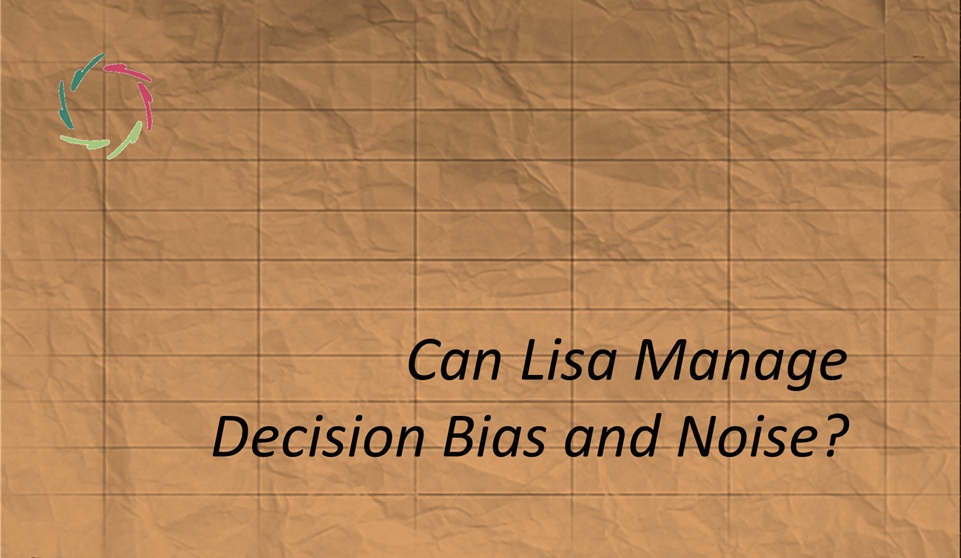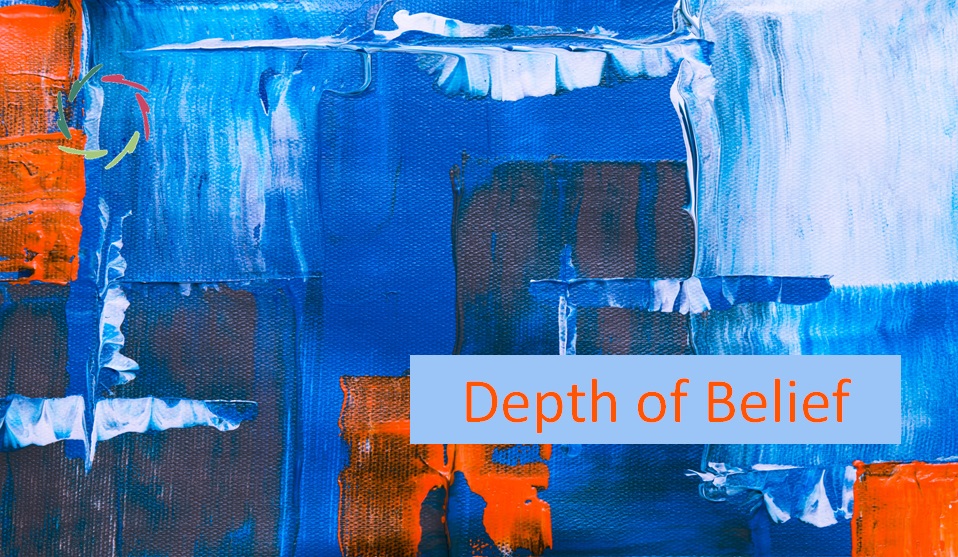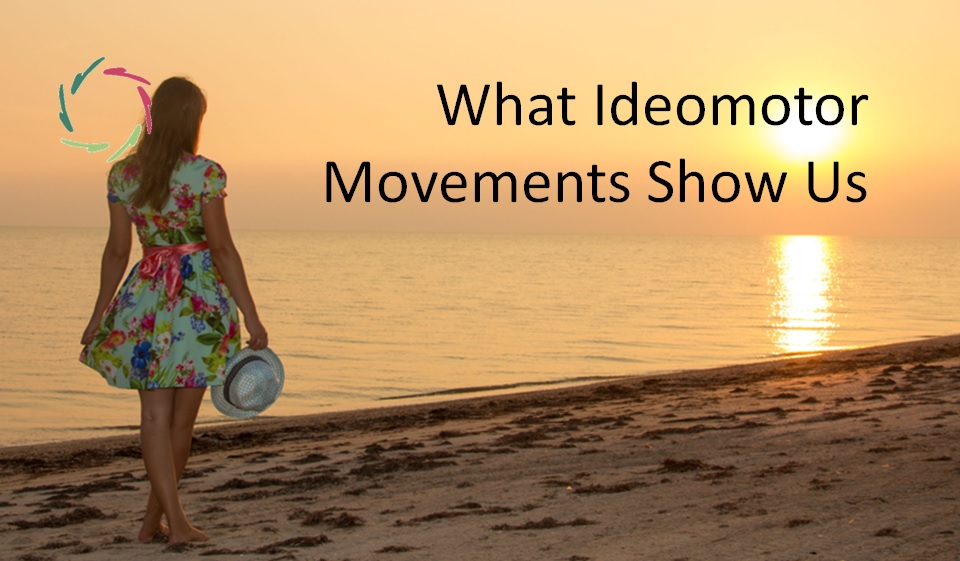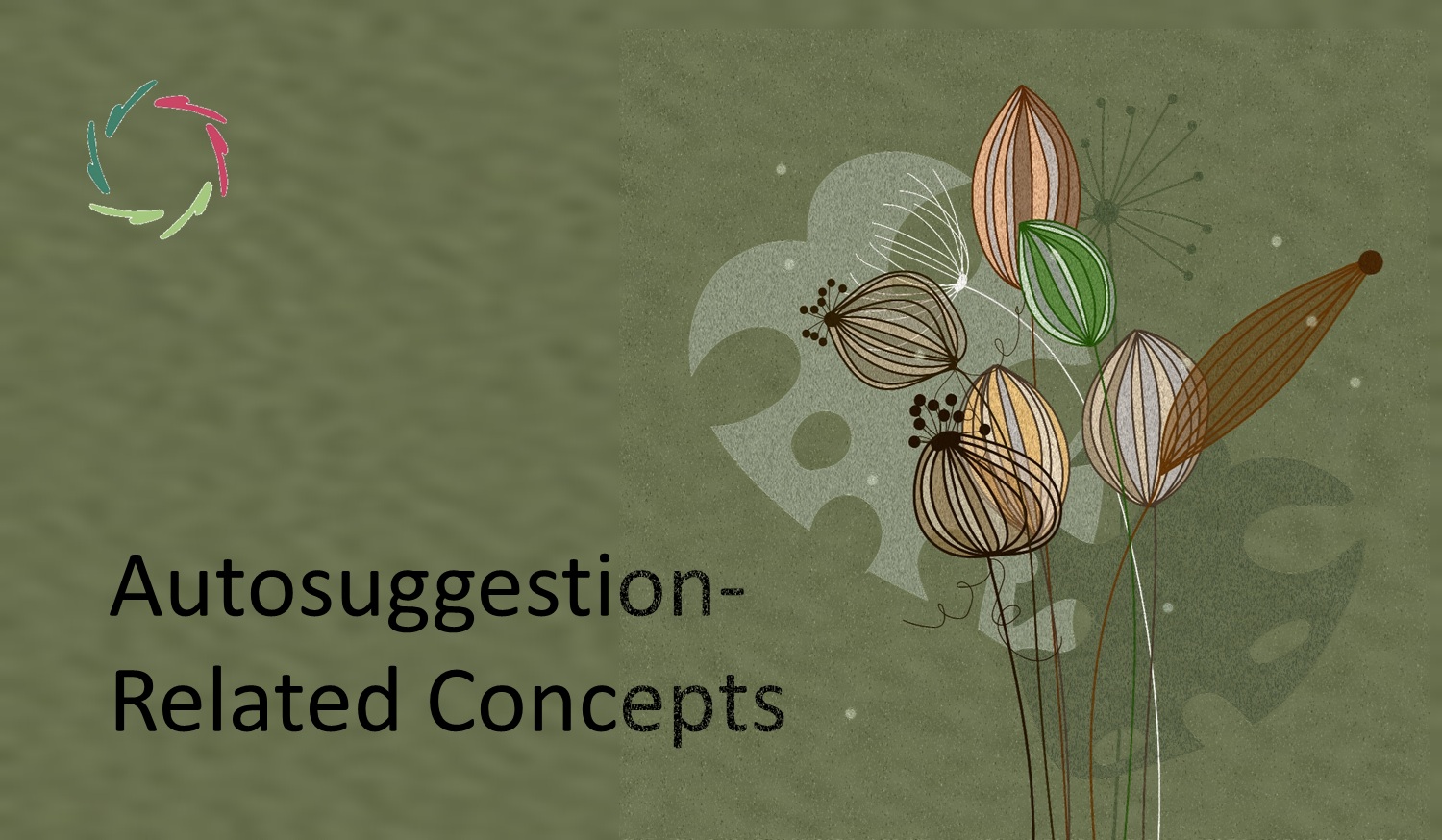Can Lisa Manage Decision Bias and Noise?

In How Lisa Can Help in Making Decisions, the focus is on how Lisa can support choices that align with identity and Compassion. Yet even with such integration of reasoning and planning, decisions remain vulnerable to distortions. Two of the most important are bias and noise.
Bias and noise shape every human decision. Bias pulls judgment in systematic ways, while noise scatters it unpredictably. Both can distort choices. This blog explores how Lisa can bring clarity and Compassion to bias and noise, transforming them from hidden distortions into opportunities for growth.
Bias and noise as two faces of error
Bias and noise are often presented as opposites, yet they are closer than they first appear. Bias is the visible star of the show, while noise often remains hidden, though it can be the larger problem.
For people seeking fairness or clarity, both matter. Lisa can help bring them into view without reducing the person to a statistical point. Instead of judgment, she brings awareness. In that awareness lies the possibility of growth.
Noise as a hidden teacher
Noise is usually considered nothing more than error. But the scatter in judgments can also be understood as signals of richness beneath the surface — the many subconceptual patterns that shape human thought.
Rather than forcing decisions into a single ‘best’ option, Lisa can help reveal a landscape of meaningful alternatives. In nature, the healthiest systems are often diverse, not optimized to one point. So too in life: noise can be seen as diversity in judgment, a reminder that there is rarely just one path forward.
Bias as frozen meaning, noise as flowing meaning
Eventually, bias and noise are two movements of the same current. Bias is like a river that has carved its bed, pulling all water in the same direction. Noise is the water still searching for channels, flowing this way and that.
One is efficient but rigid; the other is messy but creative. Lisa can help people notice where they are caught in grooves and where they are still in flux. This removes moral judgment from both. They are ways meaning takes shape.
Bias as the very fabric of thinking
It is tempting to see bias as an intruder in thought. But as described in Bias is Our Thinking, bias is not only in our thinking — it is our thinking. Human cognition is built on pattern recognition and completion. These patterns always pull perception in one direction rather than another.
This means that bias cannot be eliminated without eliminating thought itself. Lisa can make these patterns visible and, by doing so, help loosen their grip. Freedom comes not from having no bias, but from recognizing its presence and holding it more lightly.
Confirmation bias as protector and teacher
One bias deserves special attention: confirmation bias. In How to Handle Confirmation Bias, it is described as more than an error — it is a protector. By seeking evidence that confirms existing beliefs, the mind maintains coherence and shields vulnerable places.
Lisa can help people see what this bias is protecting. Is it fear, uncertainty, or a cherished value? By uncovering the deeper role of confirmation bias, the distortion turns into an opening. The very tendency that limits growth can become a gateway to growth when met with Compassion.
Implicit bias and the role of Limensa/Ethical Limensa
Not all biases are conscious. Many live just beneath awareness, as shown in Implicit Association Testing. These implicit biases often reflect cultural currents as much as individual choices.
Lisa has two modules that are especially relevant here. Limensa listens for the subtle resonances in language and expression, noticing patterns without labeling them. Ethical Limensa, described in Ethical Limensa, adds a compass of Compassion, ensuring that reflections are non‑coercive and growth‑oriented. Together, they enable Lisa to bring implicit bias into the open without shame, offering insight instead of judgment.
Compassionate stability
Most attempts to reduce noise rely on rigid rules. Rules can bring consistency, but often at the cost of warmth. Humans, on the other hand, tend to swing the other way — being warm and personal but inconsistent.
Lisa can combine both. She provides stability without rigidity, ensuring that decisions are consistent while still deeply humane. This is a rare balance: consistency that does not dehumanize, warmth that does not waver.
Dialogue with uncertainty
Bias and noise both reflect the uncertainty that is inseparable from judgment. Instead of trying to erase uncertainty, Lisa can invite dialogue with it. She can make transparent the patterns she sees, the variability around them, and the orientation Compassion suggests.
This does not remove uncertainty but transforms it into something workable. Decisions become less about pretending to know and more about relating wisely to what cannot be fully known.
Bias and noise as mirrors of culture
Personal judgments are never purely personal. They carry echoes of culture — the metaphors, values, and assumptions absorbed from society. This means that both bias and noise are not only individual distortions but also cultural reflections.
Lisa can highlight this wider dimension. By doing so, she opens a chance for collective growth, not just individual correction. Recognizing cultural bias and noise becomes a step toward more open and Compassionate communities.
Towards Lides (Lisa for Decision Support)
The Lides module will integrate the ways of handling bias and noise with the broader work of decision‑making. It will help people detect schemes in noise before they harden into bias, reflect them back with Compassion, and transform them into insight.
In this way, Lisa becomes not just a decision aid but a partner in humane judgment. The combination of clarity, subconceptual sensitivity, and Compassion makes it possible to face bias and noise without fear.
Bias and noise are not obstacles to be eradicated but signals to be understood.
They show the living complexity of human judgment. With Lisa, they can be reframed from distortions into opportunities for awareness and growth. This lays the foundation for the practical step of building Lides, where these insights become part of daily life.
―
Addendum: Table of Biases and Lisa’s Solutions
Here’s a table with ten forms of bias, framed in terms of mental‑neuronal patterns (MNPs) and how Lisa might address them:
| Form of bias | Explanation in terms of mental‑neuronal patterns | How Lisa may handle this bias |
| Confirmation bias | MNPs strengthen themselves by favoring inputs that fit existing patterns; dissonant inputs create tension and are suppressed. | Lisa can gently surface what the bias is protecting (as in How to Handle Confirmation Bias), reframing tension as an invitation for growth. |
| Anchoring bias | The first activated pattern (anchor) primes other patterns, biasing further processing toward the initial input. | Lisa can highlight the ‘stickiness’ of first impressions and invite the coachee to explore alternative anchors, broadening the field. |
| Availability bias | Frequently activated patterns are more easily re‑triggered, giving recent or vivid events more weight. | Lisa can mirror this tendency, pointing out when salience is driving the decision, and open space for less obvious but important patterns. |
| Framing effect | Different wordings activate different pattern clusters; the same content evokes divergent emotional‑conceptual networks. | With Ethical Limensa, Lisa can reframe statements Compassionately, showing how alternative framings resonate differently with deeper values. |
| Overconfidence bias | Strongly reinforced patterns feel more certain, creating the illusion of accuracy even when unwarranted. | Lisa can reflect confidence gently, asking: “What patterns make this feel certain?” This helps shift from rigidity to openness. |
| Implicit bias | Deeply embedded cultural patterns influence associations outside awareness. | With Limensa, Lisa can detect subtle resonances in speech, and with Ethical Limensa, mirror them back non‑coercively, making bias explicit without shame (Implicit Association Testing). |
| Halo effect | One positive pattern activates linked positive associations, coloring unrelated judgments. | Lisa can invite the coachee to separate domains: “This quality is strong — do we assume others because of it?” She helps unbundle overlapping patterns. |
| Sunk cost fallacy | Past investments create strong, entrenched patterns that resist letting go, even when maladaptive. | Lisa can reframe continuity as learning, not loss, helping the coachee to see stepping away as honoring growth rather than wasting effort. |
| Status quo bias | Established patterns are energetically efficient, so the brain resists change to maintain stability. | Lisa can acknowledge the comfort in stability while gently opening perspectives on what growth might bring, reducing fear of change. |
| In‑group bias | Patterns tied to belonging and safety reinforce positive associations for one’s group and negative for outsiders. | Lisa can mirror the protective function, then invite broader Compassion: “This pattern safeguards connection — can it expand to include others?” |
This way, biases are seen not as arbitrary flaws but as natural expressions of MNP dynamics. Lisa’s role is not to ‘erase’ them but to mirror, reframe, and invite growth with Compassionate stability.


